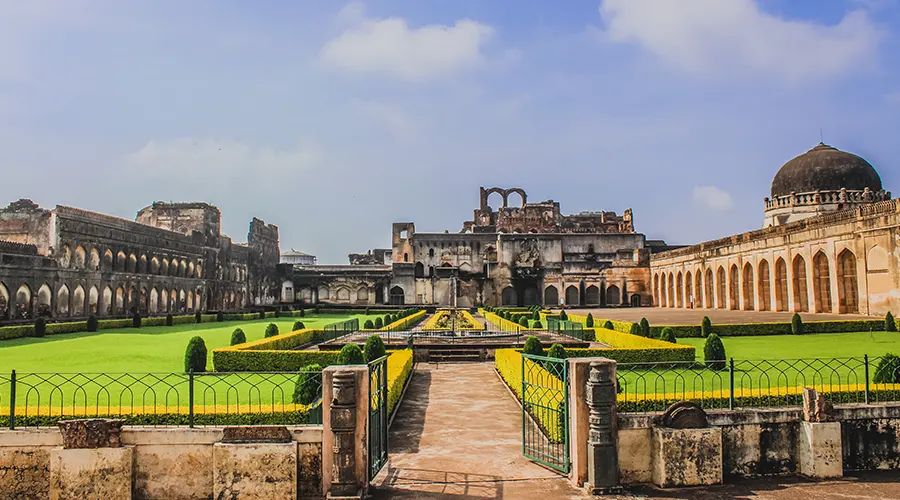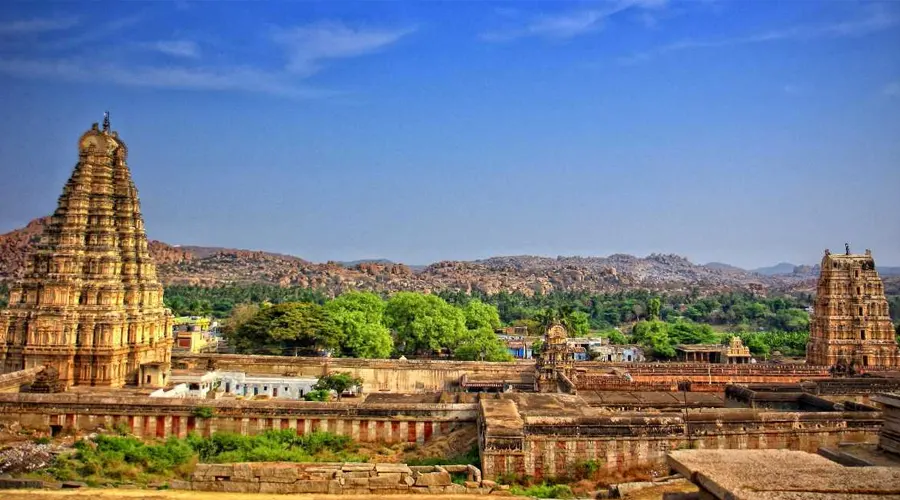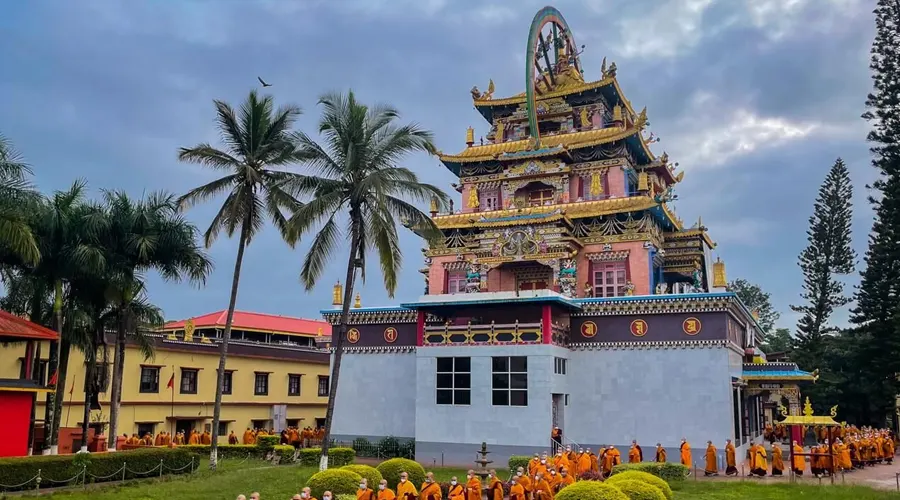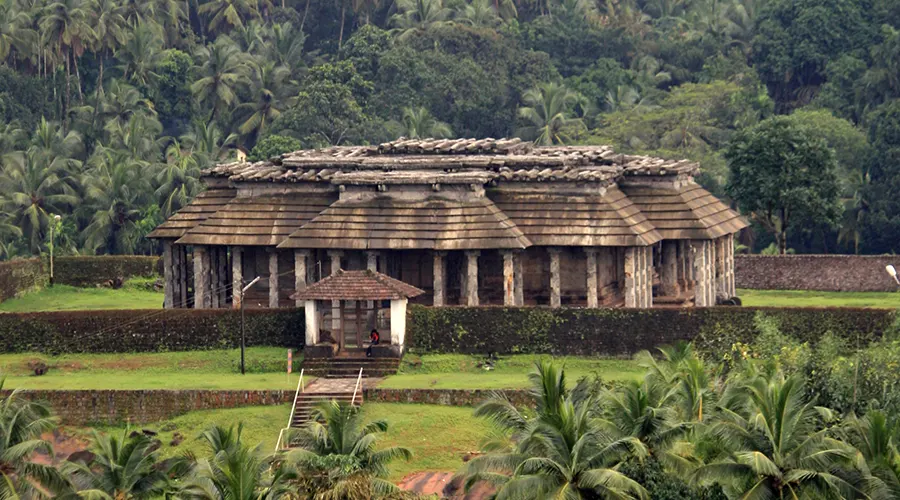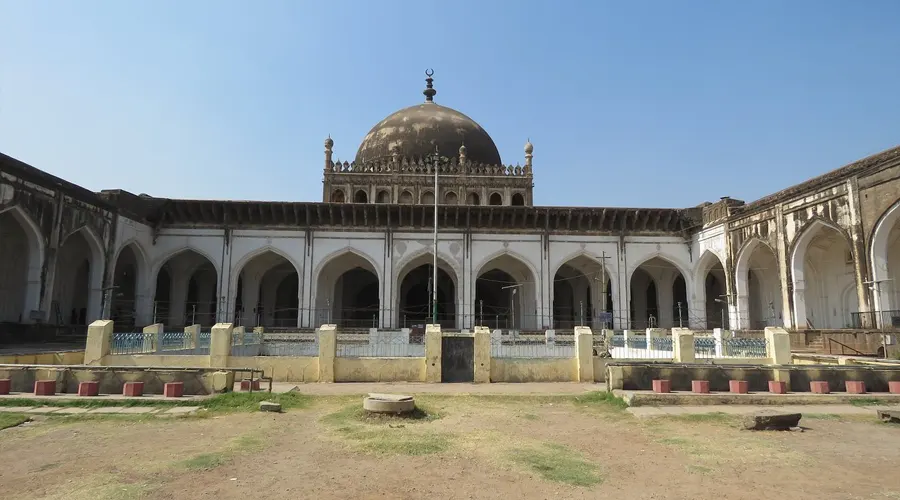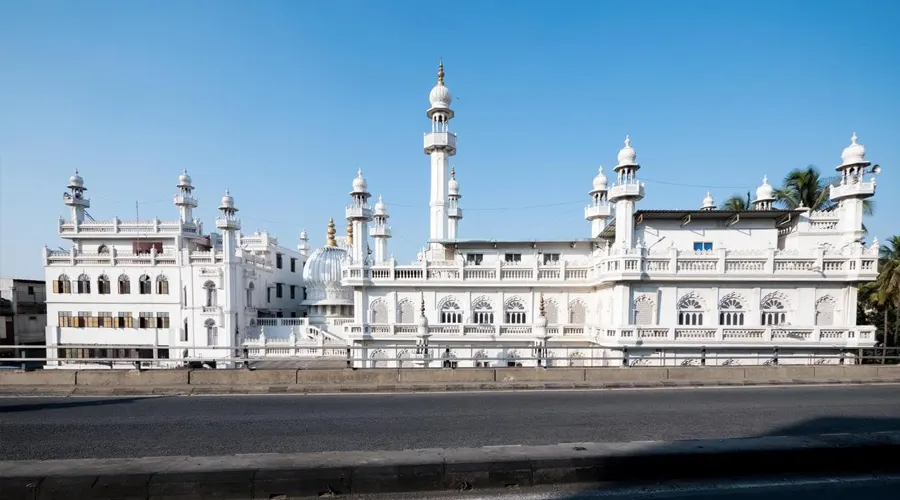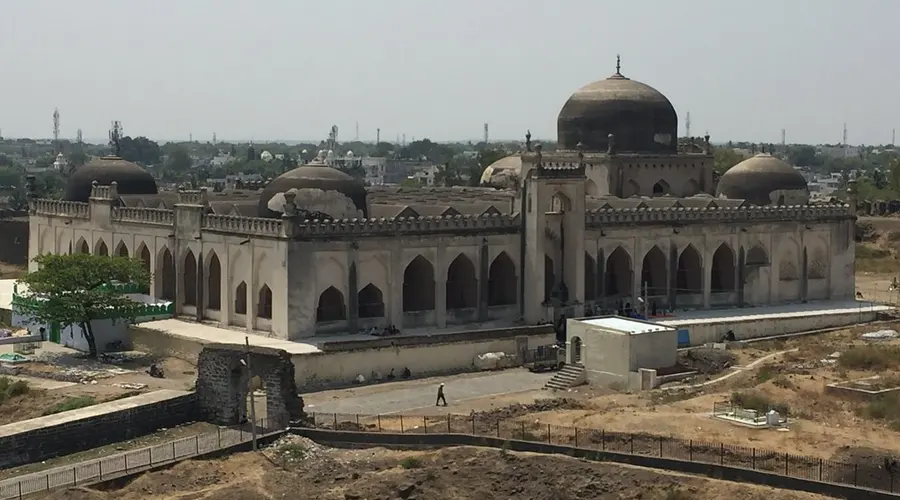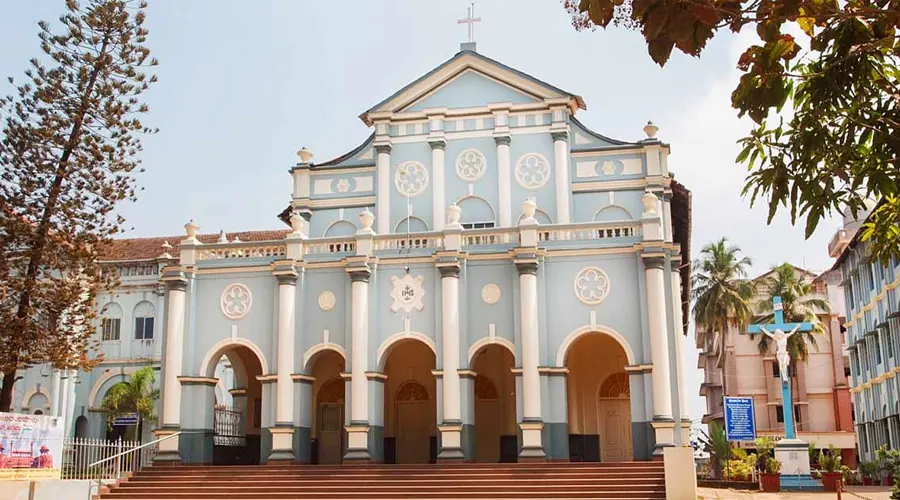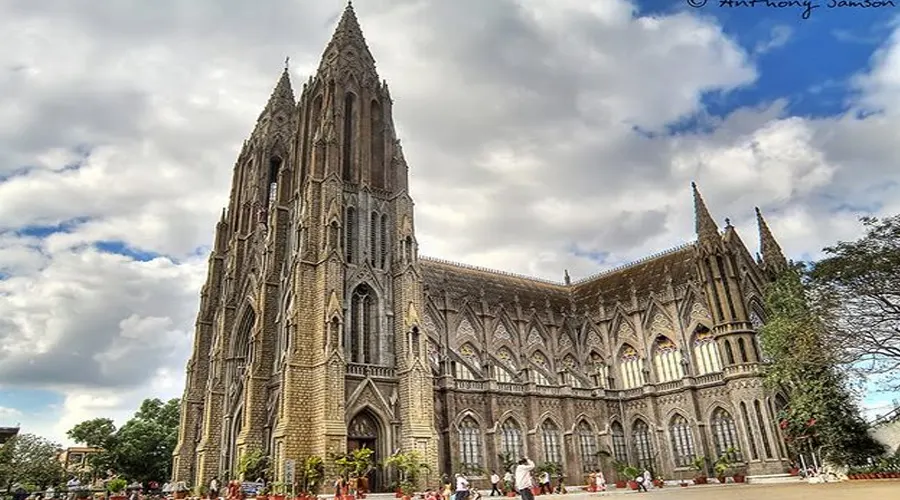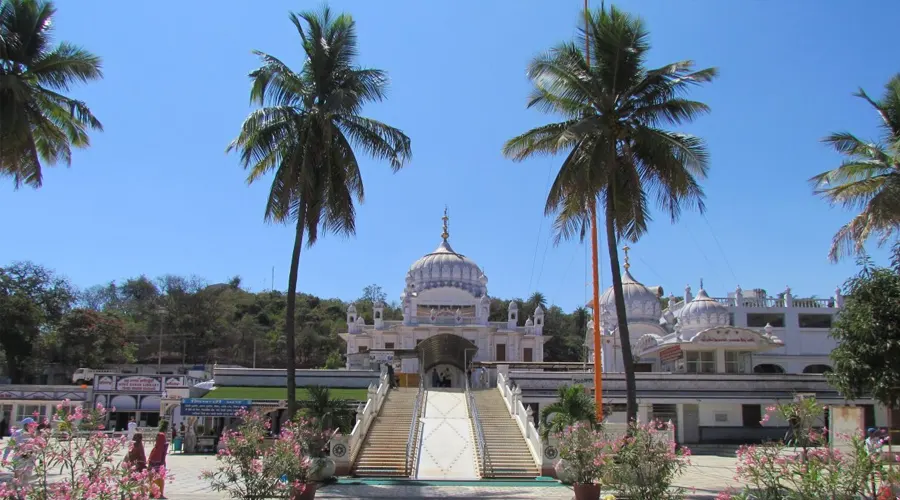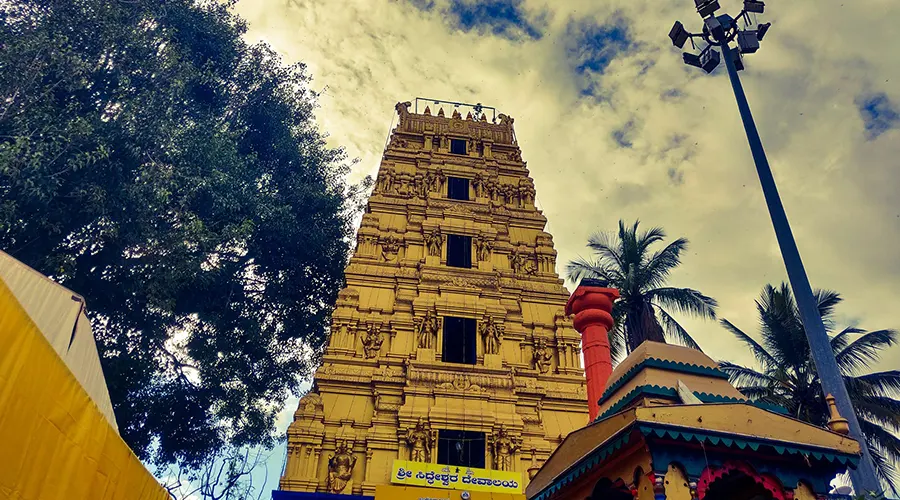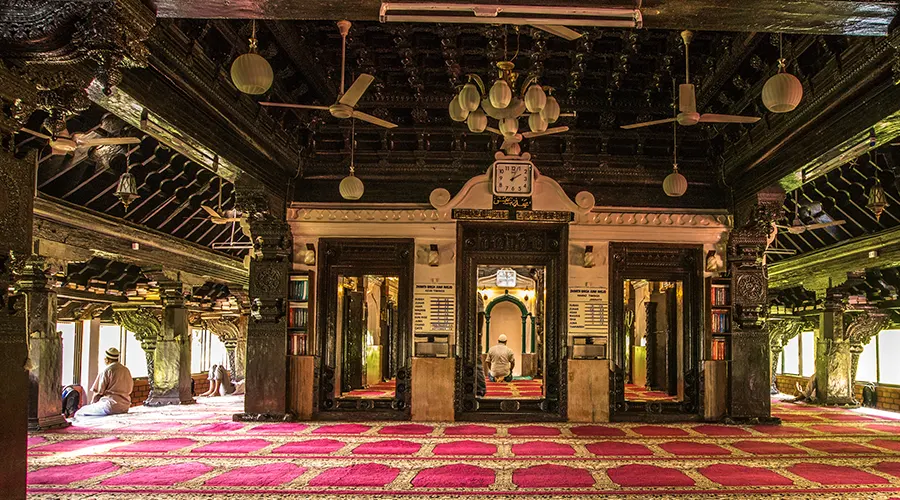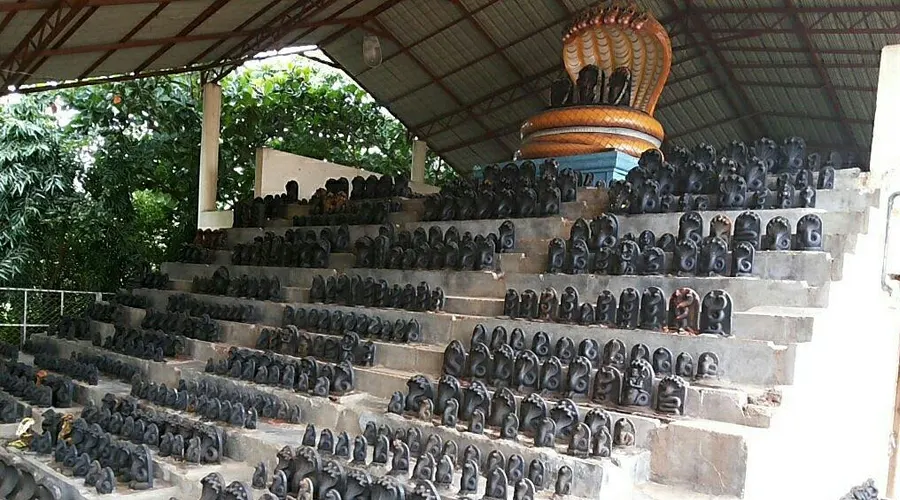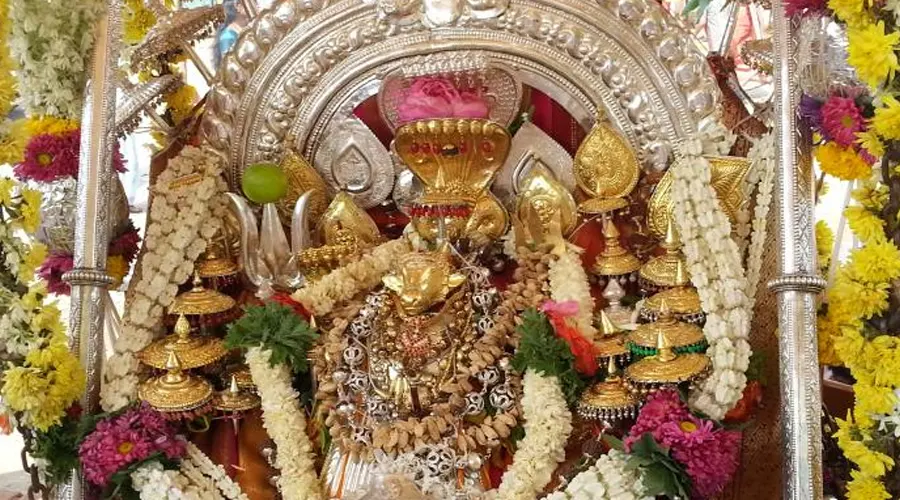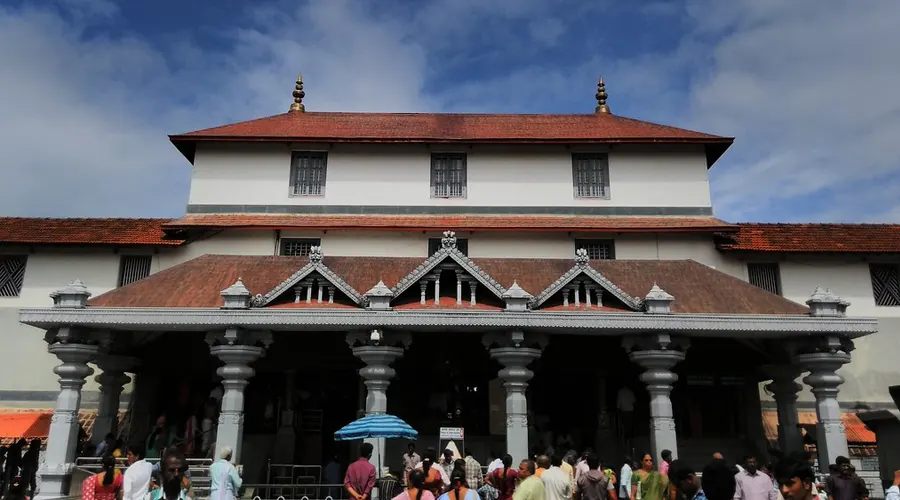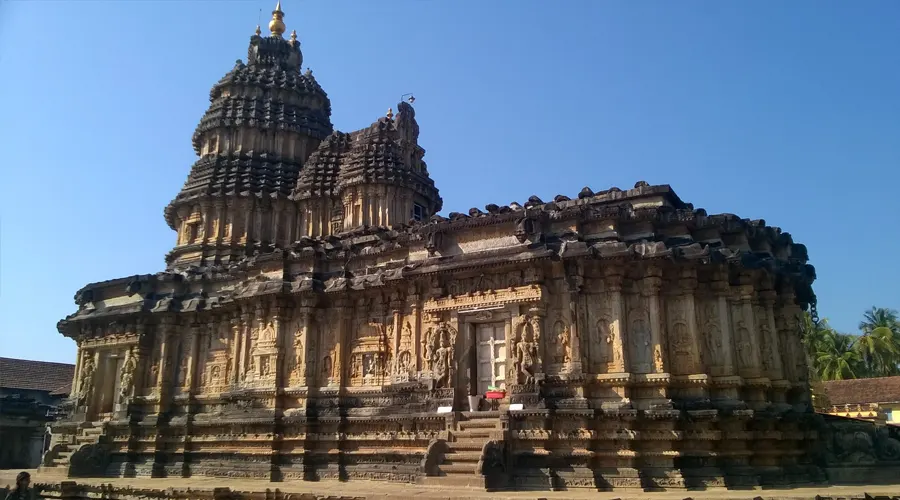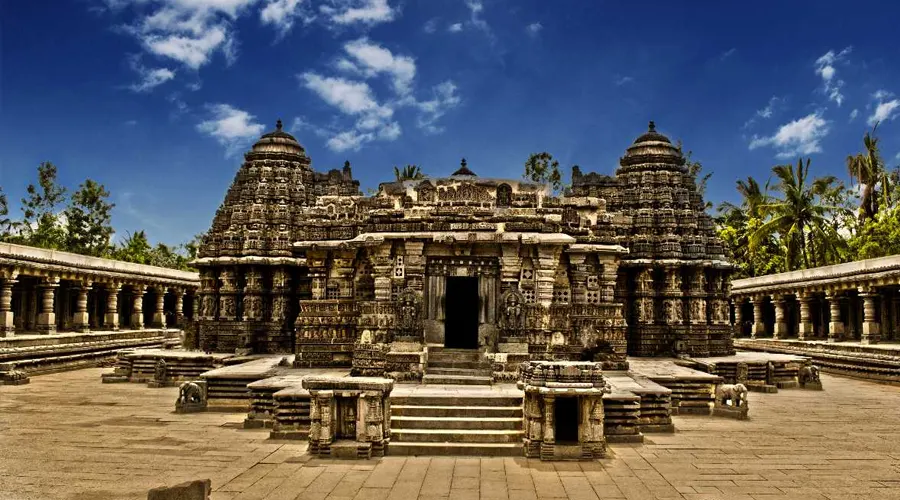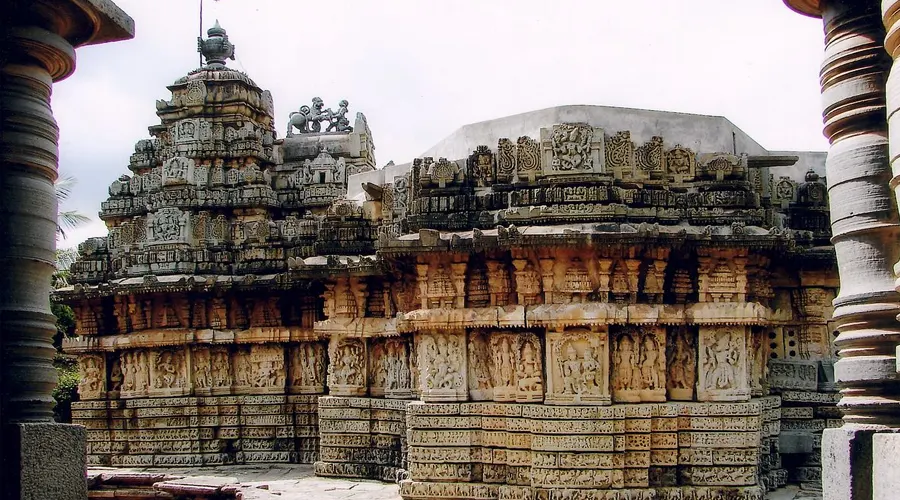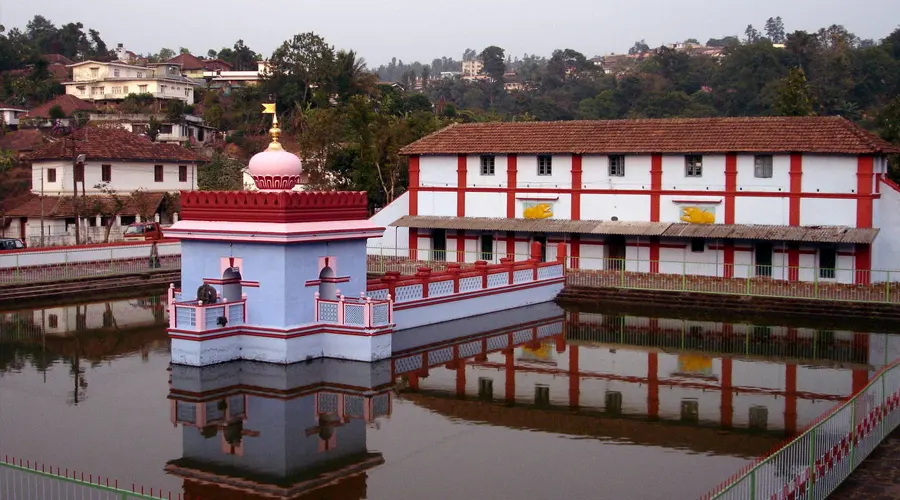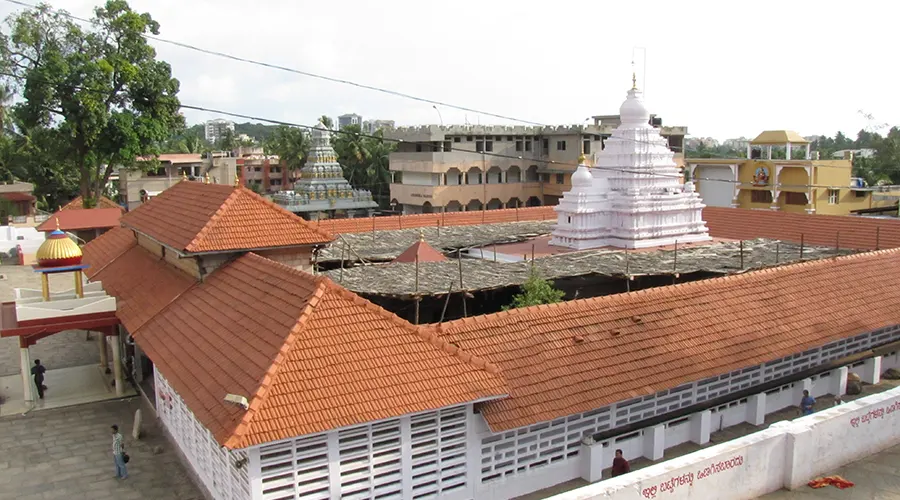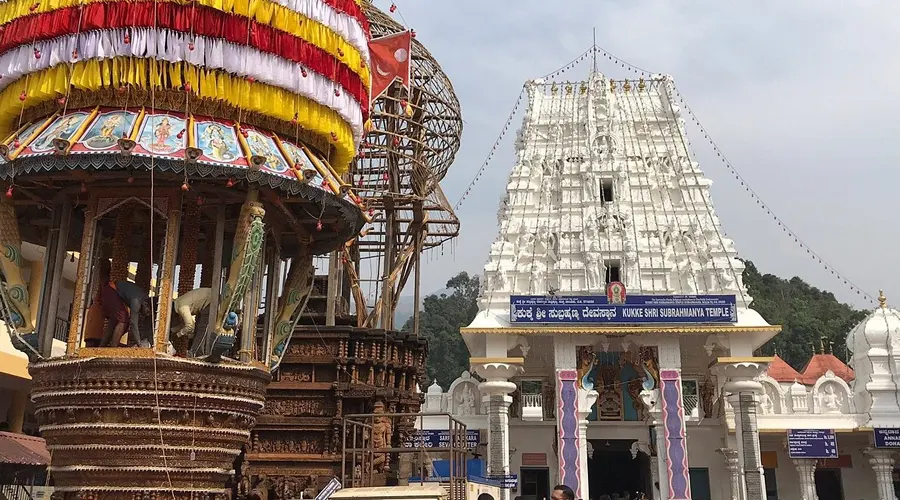Bidar Fort
Built-in the 15th century by Adil Shah, Bidar Fort is located on the edge of Bidar Plateau. The fine specimen of red laterite stone is an important historical monument in Karnataka. Folklore reveals that Bidar has served many ruling families of South India before the Sultanates, Mughals, and Nizams. It is witness to the passage of time, rulers, and eras.
Royal Pavilion, Tombs of Bahmani Rulers, Tombs of the Barid Shahis, Solah Khamba Masjid, Madrassa of Mahmud, etc. are some attractions to check out in Bidar. Do not miss to check out the historic water supply system, called karez.
The complex then contained more than thirty monuments, mosques, gardens, and mahals. Look out for Rangeen Mahal, Solah Khamba Mosque, Tarkash Mahal, Gagan Mahal, Diwan-e-am, and Diwan-e-Khas to get an insight into the lives of royalty.
History of Bidar Fort
The first documented history of the Bidar Fort dates back to the Delhi Sultanate era when it came under the control of Muhammad bin Tughlaq in the 14th century. Later in 1347, when a governor of the Sultanate, Hassan Gangu led a successful revolt and established a separate independent dynasty of Bahmani Sultanate in the Deccan, the city of Bidar began to grow and flourish under the new rule.
He assumed the name of Ala-ud-din Bahaman Shah and thus started a new family name. Gulbarga was chosen to be the state capital before it was shifted to Bidar in 1429 during the tenure of Sultan Ahmad Shah I. He rebuilt the old fort of Bidar and renovated it with brilliant fortifications, grand bastions, and ramparts, big gates, royal palaces, baths and kitchens, gardens, pavilions, and mosques.
The fort stayed witness to the fall of the Bahmani dynasty, rise and separation of the five Deccan Sultans, and was captured first by the Barid Shahi and then the Adil Shahi dynasties, only to be won over by the Mughal emperor Aurangzeb in the siege of Bidar in 1657. It fell back to the Nizam for a while in the 1700s, but later the British colonization waited for it like every other part of India. Post-independence, it falls in the state of Karnataka.
Architecture of Bidar Fort
The grand fort is built in an Islamic and Persian style of architecture. When Ahmad Shah took to renovate the old fortress of Bidar, he built inside the 10 kilometers perimeter of the walls an entire royal complex. The glacis, the triple-layered moat, and thick red laterite stone wall and proof of the foolproof security the fort commanded, which even withstood the Mughal attack by Aurangzeb until fire rockets were used.
The Bidar fort also boasts of 37 massive octagonal bastions with metal-welded cannons. The Munda Burj is the largest of them all. The parapets are honeycombed with openings meant for firing. Of the seven big arching gateways of the fort, the Mandu Darwaza is the first one, followed by an intermediary Sharza Darwaza named after the lions carved onto it signifying the empire's strength and finally the looming Gumbad Darwaza with ethnic Persian architecture leading into the main complex. The edifice of the entire Bidar Fort is a reminiscence of the rolling times of Indian history and how it has left an imposing effect on the country's many magnificent structures.

